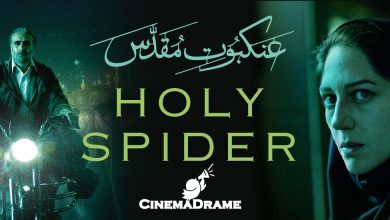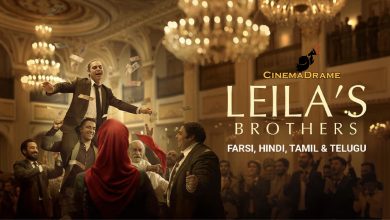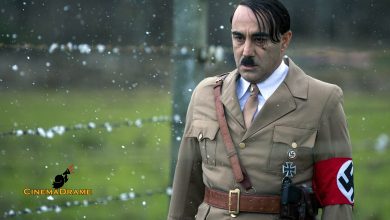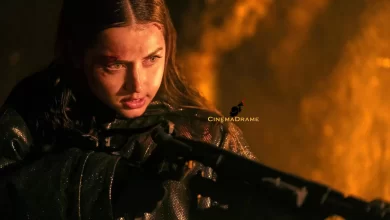Loghman Madayen’s Critique of Saeed Roustayi’s Controversial Film: Leila’s Brothers in an Intolerant Era!

According to cinemadrame News Agency, Loghman Madayen, a film critic, penned an exclusive note on Saeed Roustayi’s film Leila’s Brothers, writing: Leila’s Brothers boasts a multi-layered screenplay, even if its various dimensions are not tolerated. Yet, it offers a grace that must be appreciated: a filmmaker who strives to speak through his film, choosing the most civil means of expression. And if met with disapproval, that very message will resonate at the highest possible cost through others.
I will bypass the film’s explicit messages, as they have been extensively discussed, and I do not intend to fuel controversy. I will solely focus on its cinematic aspects.
The screenplay miniaturizes society within the confines of a small family. On one hand, it addresses the concerns of a traditional family, and on the other, it reaches out to various segments of society, including women.
The initial minutes of the film are captivating. On one hand, it depicts the broken back of the economy, like shattered glass beneath the feet of workers who found no legal support, proving that some deliberately seek to provoke them into believing violence is their only recourse to claim their rights. On the other hand, we see the strained and suffering face of Leila, representing women in distress, who can only breathe and observe a pre-ordained path.
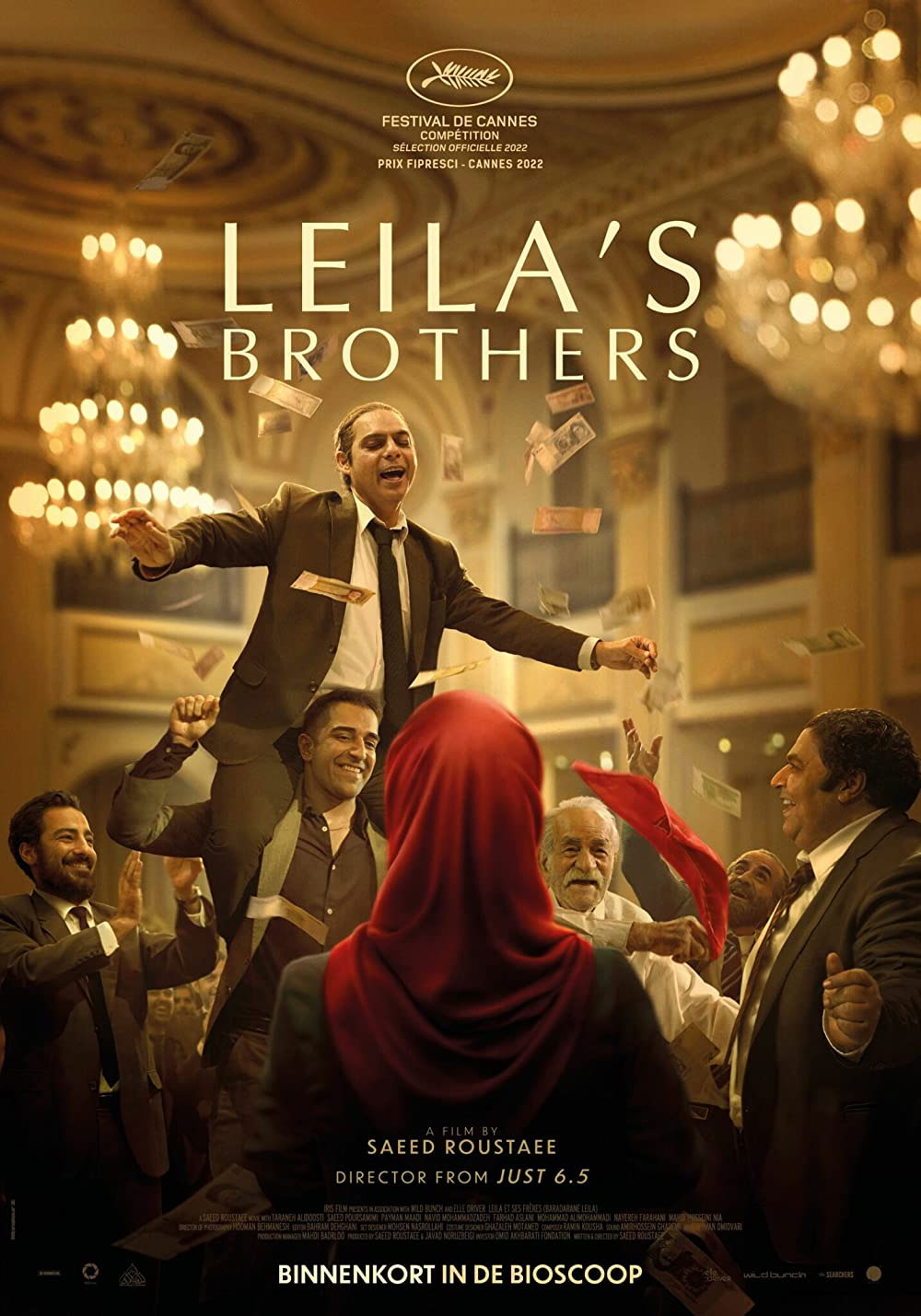
The screenplay is structured with clear turning points. Its first inciting incident occurs when Bayram asks Esmaeil Jorabloo to pay 40 gold coins to assume the position of family patriarch, thus fulfilling his wish, and the challenge begins from here. The climax of the film is when truths are exposed, revealing that Leila has taken the gold coins, and Esmaeil is stripped of his position. Finally, the second turning point is when it’s revealed that Esmaeil had falsely coerced them into selling the pre-purchased shop, and he pays the price for his deception.
The film’s dialogue is meticulously crafted. It doesn’t reveal information unnecessarily, it’s not preachy, it contains conflict, it enhances the film’s pulse, and it avoids redundant words. It’s not short on subtle allusions, such as when Esmaeil, in the room, tries to win over his wife, saying, “If we are the family elders, on my obituary they will write ‘patriarch of the Jorabloo family,’ and for you, ‘wife of the patriarch of the Jorabloo family,'” which mocks the common societal mistake of not including women’s names on obituaries, gravestones, or in various administrative systems.
Navid Mohammadzadeh’s character, Alireza, is an anti-value throughout the film. He is unable to defend his rights, he flees from those around him, and he lacks the ability to maintain relationships. However, he gradually decides to stand by his family and defend his rights, thus transforming into a value.
The planting, development, and payoff of the main characters are observed, and each main character is seen or heard about in at least three scenes.
The screenplay features powerful moments of suspense, such as when we think Esmaeil will become the patriarch, or when we suspect the house deed is mortgaged to the jeweler, or when we expect Manouchehr to defraud the rest of the family, especially when in a company that resembled a presidential seat, where everyone came to pay off the previous person’s debt and empty the pockets of new recruits (who are from the common people), only to selectively hand over this lucrative swamp to another.
The film’s main plot revolves around a father whose character symbolizes tyranny, dictatorship, monopolism, and totalitarianism. He dominates the family with selfishness, and all his nonexistent power stems from the silence of family members who allowed this decaying traditional mindset to make decisions for them as it pleased. He sacrifices his family and their capital for his grand dreams, unaware that his enablers are only interested in emptying his pockets and securing their own interests.
The film’s subplots, despite their abundance, are satisfactory, such as the stories of each of the five children, the hidden complexes within Esmaeil, or the capitalist spirit of his cousin Bayram, and finally, the story of Haj Gholam and Gardash Ali Khan.
Given that we have a complex and strong screenplay, if we delve into the layer that advocates for women’s rights, Leila is the film’s hero. It is she who, aware of the existing conditions, seeks the best solution to overcome the problem. However, her father, who is our antagonist, tries to impede her from reaching her goal and ultimately succeeds. This is the same father who urinates in the kitchen sink, the family’s source of sustenance, to show how his actions have polluted the family’s livelihood. He is the same father who suffers from constipation, symbolizing the extent of his obstructive policies in his subconscious.
And if we address the layer that encompasses all dimensions of society, Alireza, as an elite, is a hero who tries to revive ethics among various social strata and maintain a logical perspective. However, Leila, who represents the women of society, acts as an antagonist, trying to break taboos and change conditions with costly demands. Yet, an important point to note is that Leila is two sides of the same coin as her father, Esmaeil. Both intend to impose their views on others and assert their opinions, one through shouting and quarreling, the other through pleading and entreaty.
The film employs color psychology, of which I will only address two instances. Alireza wears gray, which indicates his conciliatory spirit, his high intelligence that explains his independence, and his impartial approach to issues. Esmaeil appears in a white shirt at the end of the film, signifying that he has descended from his patriarchal position and now considers himself equal to others, no more.
The set and costume design are appropriately adapted to each social class, indicating thorough study and knowledge of film details. However, color palettes were not fully considered, leading to a widespread disorganization in colorization.
In découpage, we encounter a unique arrangement of scenes and shots that enhances the film’s pulse. The camera successfully engages the audience, moving in sync with the conflict-generating dialogues. The number of necessary shots for a given situation could have been reduced, and better image size and camera movement could have been provided. In the selection of the opening credit music, we face an incomplete work; a piece that starts brilliantly and draws us in, but then loses its way mid-track, leading the music astray.
The film’s connecting element is the house deed, the very document Esmaeil uses to trouble all family members to assert his will, perhaps serving as an allegory for those who, when faced with an outcry against their destructive actions, take refuge behind the threat of disintegration to silence that voice.
The film’s ending shines with Esmaeil’s death. It shows Alireza, as the family’s elite, witnessing his father’s death—symbolizing the demise of a mindset and its authority within the family. However, through staging, he tries to normalize the situation and make everything appear natural.
The actors performed their roles admirably. They grasped the essence of the writer’s words and shone by personalizing their roles. There was no stiffness in their speech, no physical tension was observed, they acted freely, appearing profound and meaningful, their voices and body movements aligned with the scene and text, they utilized principles of body aesthetics in their portrayal, they exerted the necessary energy for each scene, there was sincerity in their voices, they articulated words truthfully, they had correct dialects and intonations, they understood the meaning of the words and delivered them simply and fluently, their facial expressions conveyed dialogue, they gave dimension to their characters, and they made the role their own, avoiding repetitive patterns. In a word, it can be said that they grasped the essence of the writer’s words.
In the character psychology of Navid Mohammadzadeh’s character, Alireza, according to the first stage of Erik Erikson’s theory of identity development, “Trust vs. Mistrust,” he is a hesitant hero. Due to his dark past, he refrains from committing himself to family responsibilities because he is unable to trust his family members who seek his help. He has a shadow-like personality and, having been “snake-bitten,” has learned from life’s wounds to keep his distance. Ultimately, by being confronted with a challenge, he is forced to resolve his identity crisis.
And Leila, who is our rebellious hero, draws from the second stage of Erikson’s identity crisis: she seeks autonomy and strives for independence from her parents. She rebels against her father’s tyranny but lacks sufficient freedom of action. Therefore, she tries to involve her brothers and gain their cooperation. She strives for her own freedom and independence and that of her brothers, launching an all-out war in this path, a method that is not feasible for her other brothers. As a result, the audience empathizes with her and enjoys her steadfastness.
And Esmaeil, the family’s father, according to Alfred Adler’s theory, suffers from neurotic inferiority or a superiority complex. According to this personality disorder, he has a pathological need to dominate and humiliate those around him, and the deeper this feeling of inferiority, the more the patient’s tendency towards superiority increases, becoming trapped in excessive overcompensation.
Regardless of all the critiques and analyses, bravo to all those involved in this brilliant work.

